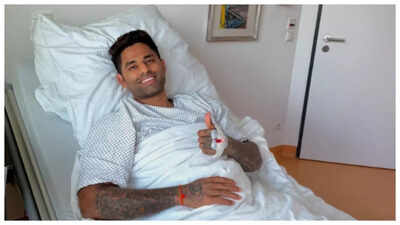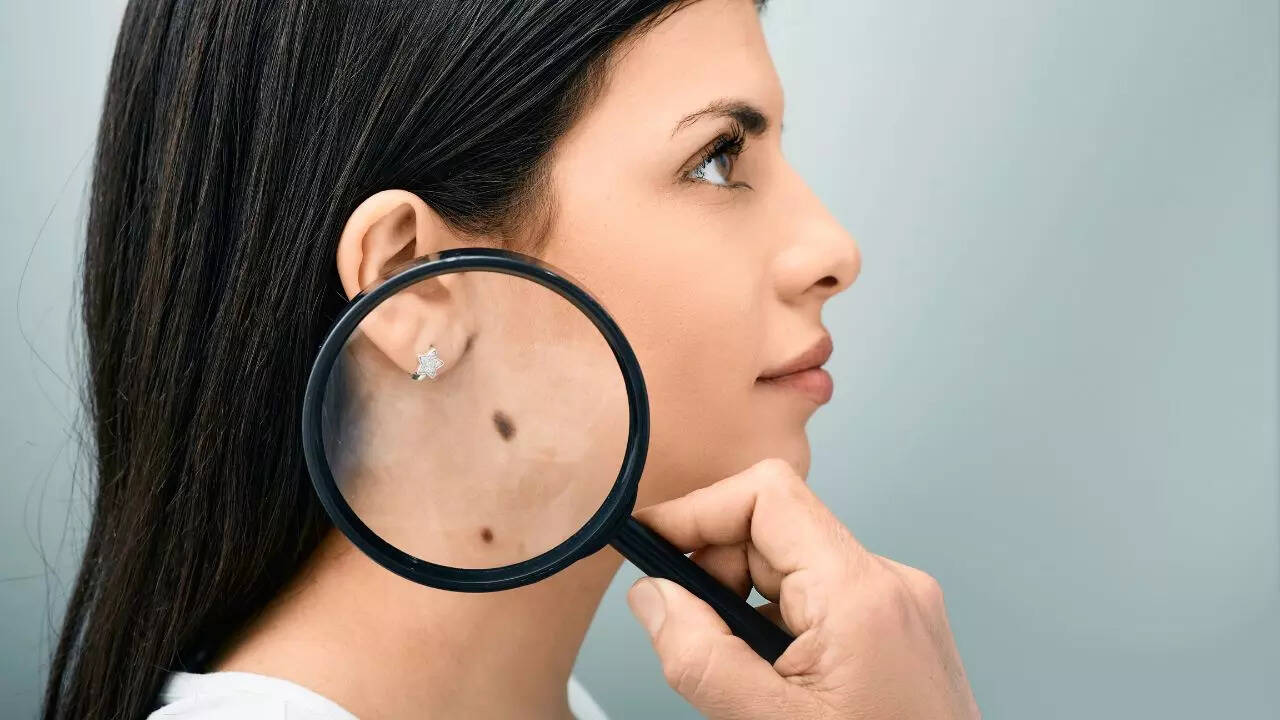
Cricketer Suryakumar Yadav recently underwent a sports hernia surgery in Europe. Taking to his IG handle, the 34-year-old wrote, "Life Update : Underwent surgery for a sports hernia in the lower right abdomen.
Grateful to share that after a smooth surgery, I’m already on the road to recovery. Can’t wait to be back
" However, what exactly is sports hernia and why is it different from a regular hernia? Let's dig deeper...
Sports hernia
Sports hernia, is also known as athletic pubalgia, and is a painful injury severely affecting the soft tissues in the lower abdomen or groin area. However, unlike the usual hernia, it is not visible in the form of a bulge.
Instead, it involves a tear or strain of muscles, tendons, or ligaments around the groin area, leading to consistent pain, which gets worse with sudden movements.
Who is most at risk
Sports hernia often occurs to athletes like Surya Kumar Yadav, who play sports requiring sudden changes in direction, twisting, or intense forceful movements. (Such as batting in different shots, fielding etc)Unlike a traditional inguinal hernia where an organ or tissue pushes through a weak muscle causing a visible lump, a sports hernia involves a tear or weakness in the muscles or tendons without any visible bulge.
Because of this, sports hernias can be difficult to gauge, but they do cause significant pain and discomfort, especially during physical activity.
Symptoms of Sports Hernia
The first symptom of a sports hernia is pain in the groin or lower abdomen. This pain can start suddenly at the time of injury, but can also develop gradually over time with repetitive movements. Take note of these:Sharp or throbbing pain in the lower abdomen or groin areaPain that worsens with twisting, sprinting, kicking, or sudden changes in directionPain that may radiate to the inner thigh or testicles (in males)Pain during coughing, sneezing, or sitting upPain that improves with rest, but returns quickly.No visible bulge or lump

Because the pain occurs without a bulge, and is spread over a wide area, it is often difficult to pinpoint the exact location of the hernia. The pain from the injury may also cause stiffness and soreness after sports or exercise, making it hard to continue.Causes
Common causes include:
Sudden twisting or turning motions in sports like cricket, soccer, football, hockey, and wrestlingRepetitive forceful hip movements such as kicking, jumping, or sprintingOveruse of groin muscles leading to muscle imbalance or weaknessWeak abdominal muscles as compared to strong leg muscles, causing uneven stress on the pelvic area
Treatment
Treatment for sports hernia depends on the severity of the injury. Some options are:
Rest and activity changes
Avoiding activities that cause pain, especially twisting and sudden movements, helps the tissues heal, though this might take a lot of time.

Rehab programme
A structured rehab program focuses on strengthening the abdominal and hip muscles, improving flexibility, and correcting muscle imbalances. Physical therapy is often the first line of treatment.
Pain medication
Nonsteroidal anti-inflammatory drugs (NSAIDs) can help reduce pain and inflammation. (though it won't treat the issue)
Surgery
If symptoms persist, surgery may be needed to repair the torn tissues. Surgical options include repairing or reinforcing the damaged tendons and muscles around the pubic bone. Surgery usually leads to good recovery and a gradual return to sports.

 6 hours ago
48
6 hours ago
48




























 English (US)
English (US)